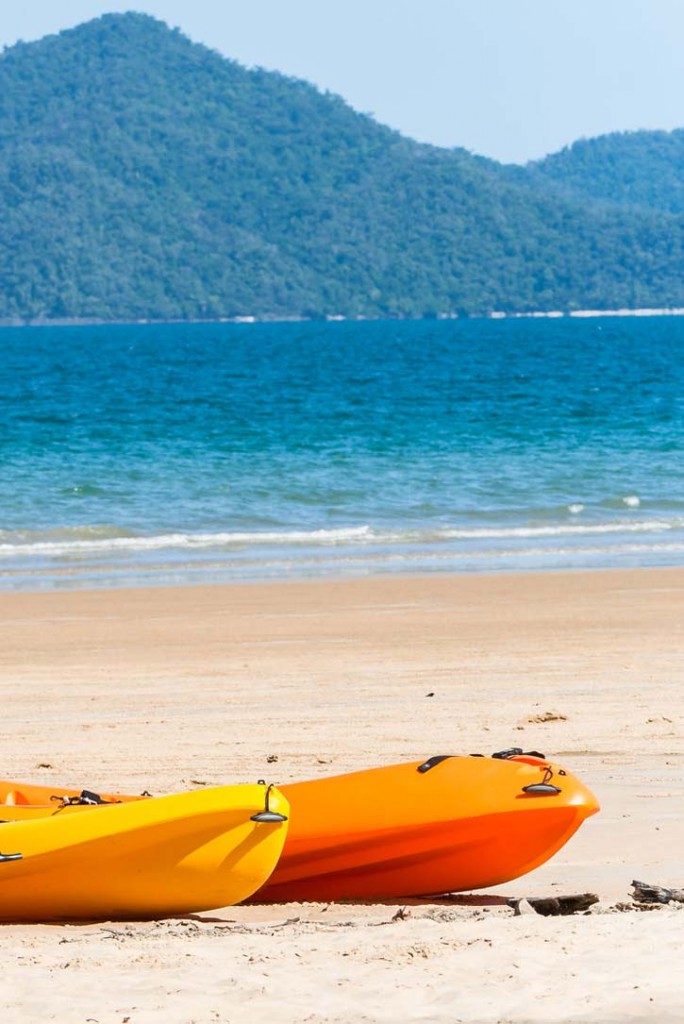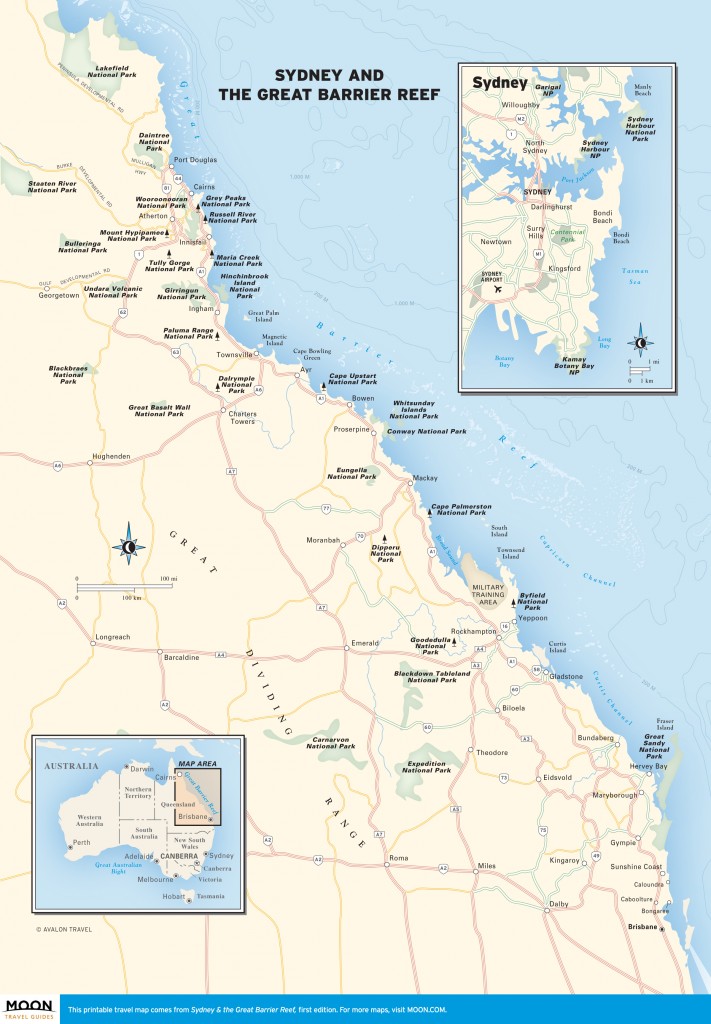
Taking everything into account, fall to winter is probably the best time for exploring the northern coastal regions. Photo of Mission Beach © Chris Van Lennep/123rf.
In the tropical north, temperatures do not change a great deal over the year, but the amount of rainfall does. Summer temperatures range between 24 and 33 degrees Celsius, while in winter they’re between 14 and 26 degrees Celsius; the summer is the wet season, the so-called “green season” stretching from the onset of the monsoon, usually in November, and ending in May. The rain makes it hot and humid, at times quite uncomfortable. So, again spring and fall are the best options, avoiding the worst of the rain as well as the worst of the heat.
In Australia, the big summer vacation is between mid-December and early February, with all schools and universities breaking for nearly two months.In Australia, the big summer vacation is between mid-December and early February, with all schools and universities breaking for nearly two months. This has an effect on number of people traveling as well as hotel prices, so be prepared to pay extra and see some crowds on the beaches.For diving, snorkeling, and swimming, the ocean will be at its coolest in winter, dropping to around 24 degrees Celsius, but generally offers great visibility. In June and July, dwarf minke whales are commonly sighted. Between September and December the water warms up and many coral reef species breed, which can result in cloudy water around October. Manta rays are commonly spotted in the Coral Sea from April to October. The stinger (jellyfish) season is November to May/June, when it is advised to stay within stinger nets (provided on the most popular beaches) when swimming or to dress in stinger suits when out snorkeling on the reef. Taking it all into account, fall to winter is probably the best time for exploring the northern coastal regions.

Sydney and the Great Barrier Reef
Excerpted from the First Edition of Moon Sydney & the Great Barrier Reef.